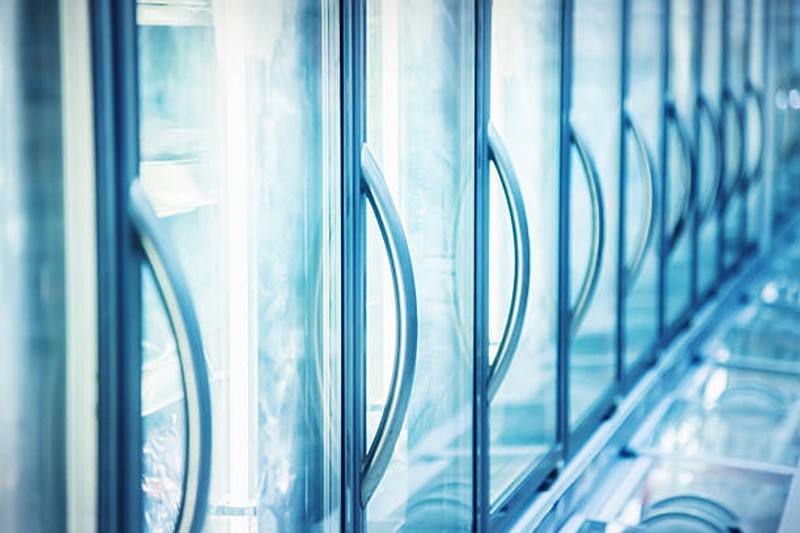Installing a cold room is a big investment that may greatly increase the productivity and performance of enterprises that need regulated temperature storage. From the food and beverage industries to medicines, a well-designed cool room is critical for maintaining product integrity and conforming to regulatory requirements. However, the complexities of cold room installation need meticulous planning and thought.
Understanding Cold Room Requirements
1. Define Your Needs: The first step in any cold room installation is to clearly define your specific storage requirements. Consider the types of products you’ll be storing, their temperature and humidity needs, and the volume of goods. This will help determine the size of the cold room and the type of cooling system required.
2. Temperature and Humidity Control: Different products have varying storage requirements. For instance, fresh produce might require a different temperature and humidity level compared to dairy products or pharmaceuticals. Identifying these requirements early on is crucial for selecting the appropriate refrigeration system.
Selecting the Right Location
3. Site Selection: The location of your cold room can significantly impact its efficiency. Considerations include proximity to delivery areas, ease of access for staff, and exposure to external temperatures. Ideally, the site should be easily accessible yet isolated from heat sources to minimize cooling costs.
4. Structural Considerations: Assess the structural integrity of the site. Cold rooms require solid foundations and insulation to maintain consistent temperatures. In some cases, reinforcing the existing structure or opting for an external location might be necessary.
Design and Customization
5. Optimal Design: The design of your cold room should maximize space utilization and operational efficiency. This includes considering the layout of shelves, entry and exit points, and the placement of the cooling unit. A well-thought-out design not only enhances storage capacity but also facilitates easy access and inventory management.
6. Customization for Specific Needs: Depending on your industry, you may require additional customization. For example, pharmaceuticals might need secure storage areas or specific temperature zones, while the food industry may require easy-to-clean surfaces and robust ventilation systems.
Choosing the Right Cooling System
7. Refrigeration Options: There are several types of refrigeration systems available, each with its pros and cons. From centralized systems to standalone units and cryogenic cooling, selecting the right option depends on your specific needs, budget, and the size of the cold room.
8. Energy Efficiency: Energy consumption is a significant factor in the ongoing cost of operating a cold room. Opt for energy-efficient systems that offer lower operational costs and a reduced environmental impact.
Installation Considerations
9. Professional Installation: Cold room installation is a complex process that requires expertise in refrigeration, insulation, and construction. Hiring a professional contractor with experience in cold room installations ensures that the project is completed efficiently, safely, and in compliance with relevant standards and regulations.
10. Compliance and Regulations: Familiarize yourself with local building codes, health and safety regulations, and industry-specific standards. Ensuring compliance from the outset can prevent costly modifications or legal issues down the line.
Maintenance and Operation
11. Maintenance Plan: Regular maintenance is essential for the longevity and efficiency of your cold room. Establish a maintenance schedule that includes routine checks of the cooling system, insulation, and structural components.
12. Training Staff: Proper operation of the cold room by trained staff is crucial for maintaining the desired conditions and ensuring safety. Invest in training for your team on the correct use and maintenance of the cold room.
Financial Planning
13. Budgeting: Cold room installation can be a costly endeavor, with expenses including construction, refrigeration units, insulation materials, and ongoing energy costs. Careful budgeting and financial planning will ensure that you can meet these costs without compromising on quality or efficiency.
14. Cost-Saving Strategies: There are several ways to mitigate the costs associated with cold room installation. These include selecting energy-efficient systems, optimizing the design for maximum space utilization, and considering modular units that can be expanded as needed.
Installing a cold room is a significant but beneficial expenditure for organizations that need temperature-controlled storage. You may establish an efficient and successful cold storage solution by carefully assessing your needs, choosing the optimal location and cooling system, and assuring competent installation and compliance. Remember that precise preparation, attention to detail, and collaboration with skilled specialists are essential components of a successful cool room installation. With the appropriate technique, your cool room will be a long-term value to your organization, protecting product quality and improving operating efficiency.

